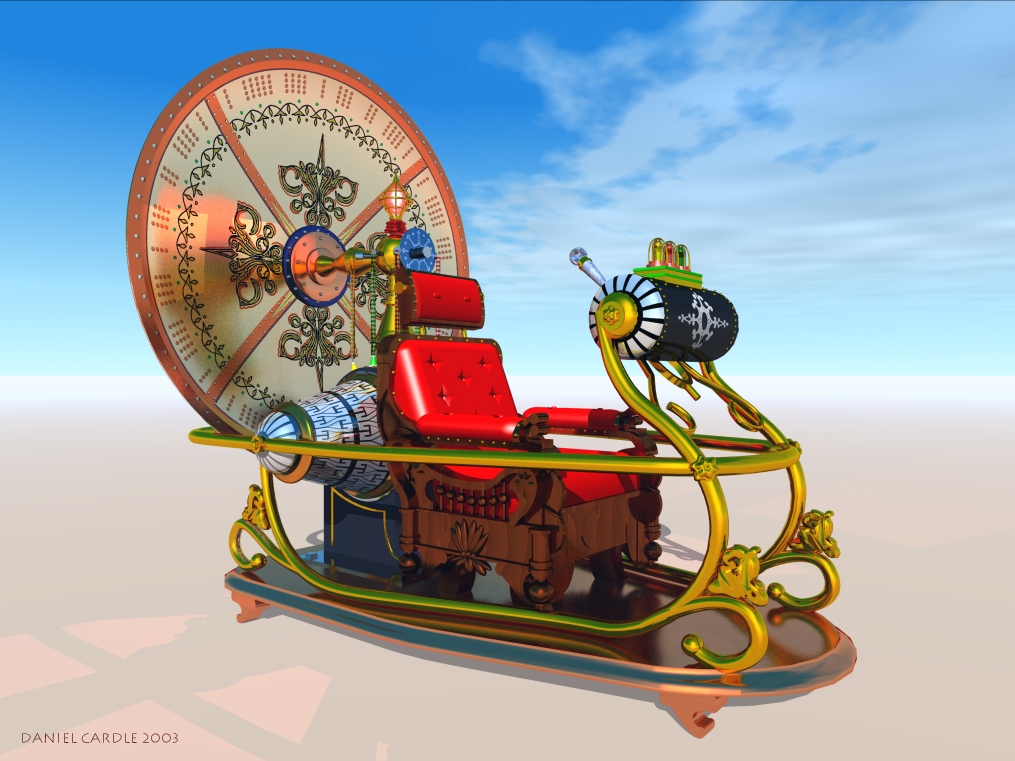So, what will you be watching on television this festive season? Or rather, what won’t you be watching? It occurred to me while browsing the upcoming TV highlights yesterday that, in these days of digital enlightenment, the second of these two questions is the easier to answer. To explain, let me go, as I often do, back a few years…
Who can recall those bygone days when you generally had to be at home to receive a phone call? Or when you wanted to gather some random tidbit of information like, say, the names of all the capital cities on the African continent? Naturally, you would have to heave a great encyclopaedia off a shelf, blow the dust off its cover and then leaf through its cluttered pages, wouldn’t you? And who is seasoned enough (by the passing of time, not the addition of salt and pepper) to remember when we had far fewer options when it came to what to watch on TV? Fact is, until March 1997, we in the UK only had four channels to entertain us. Seems almost beyond belief now, doesn’t it? And if you go back to November ’82 there were just three! I mean, how in the world did we cope? And in case you’re now curious, BBC1 first aired in November ’36 (as BBCTV), then came ITV in September ’55 and then BBC2 in April ’64 (at which point BBCTV became BBC1).
With only four channels to choose between it was a relatively easy task to plot a course through the ocean of programming over the festive period. With full belly and dragging energy levels, the time spent in front of the TV often took up a significant portion of the holiday. Of course, there were grumblings about the repeats – particularly the scheduled movies – “How can that be on again? That was on last year. Why couldn’t they have shown so-and-so instead? I haven’t seen that one in ages.” At one time, James Bond’s appearances during our post-lunch snoozings were as regular as the Queen’s speech. But we would watch those repeats all the same, moaning as we did, but nevertheless enjoying their festive familiarity.
And that’s the difference today. Assuming that TV still has priority over all other forms of entertainment, we don’t need to sit through repeats anymore. Unless that’s what blows your hair back, of course. With many of us now having more channels to watch than we can shake a remote control at, not to mention the shelves of DVDs we own as well as computers that can stream virtually anything that’s ever been filmed, we are able to watch pretty much anything we like. And if we miss something because we were out or it clashed with something else we were watching, there’s always ‘catch-up TV’. Which means the good old Christmas TV schedule seems to have lost its influence a bit, doesn’t it? And yet…
The self-titled ‘Legendary’ double edition of the Radio Times is perhaps one of the most eagerly awaited magazines of the year and has been for as long as I can remember. Prior to 1991 of course, we had two magazines to buy and to study because the TVTimes was the only place to read the ITV and Channel 4 listings. Now though, both magazines give the same information so really it’s just a question of taste (perhaps an interesting article or interview within the pages of one) or loyalty as to which one we carry home with our shopping.
Today, menus and schedules on our TV screens may tell us what we’re currently watching and what’s coming up but I, for one, still enjoy turning every page of the Christmas Radio Times, red pen in hand, marking everything that’s of interest. I’m quite positive I won’t get to watch half of it but it’s nice to see it’s on. These chronicles are inventories of our viewing pleasure and whether we cheer or grumble as we leaf through them, most of us now have the power to go ‘off-piste’, so to speak, to take control of our own screens.
A headline caught my eye today which stated that Downton Abbey is scheduled to go head to head with Eastenders on Christmas day in the battle for ratings. Once upon a time, this would have meant disappointment for some household members and possible arguments for others as one of these shows would have to have been missed. Unless you had a video recorder. And let’s face it, using one of those was always a bit of a rigmarole. Today we just push a button on the remote and watch one show straight after the other. There’s not even any need to heave our turkey-stuffed selves out of our chairs. Really now, we’ve never had it so good.
And so whatever you end up doing this Christmas, whether or not it involves catching some of the festive TV and, yes those obligatory repeats, I wish you and yours the best of the season and a Happy New Year.





